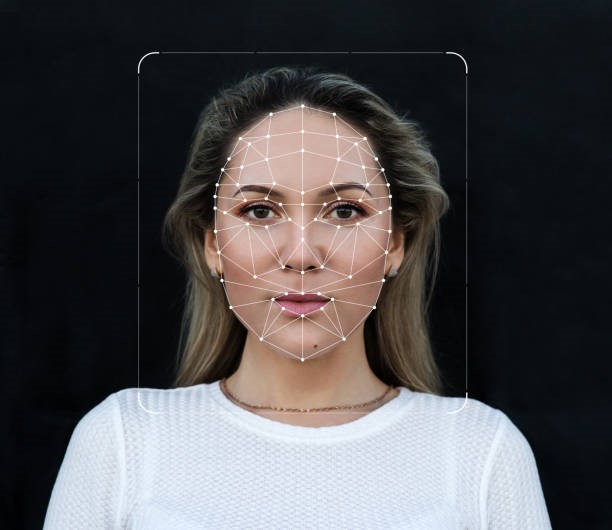There are well over 20 million people who work in the healthcare industry. No matter your position, you can help operations by learning more about how the healthcare system works.
There’s no denying that efficient billing and accurate documentation are paramount. Healthcare professionals rely on two crucial coding systems.
This includes CPT (Current Procedural Terminology) and ICD (International Classification of Diseases). These billing code systems have distinct but connected roles.
Are you wondering why they’re so vital in the healthcare industry? Keep reading to learn the major differences between CPT vs. ICD coding systems.
Table of Contents
A General Overview of CPT and ICD
CPT codes revolve around clinical procedures and services. They were created by the American Medical Association. These codes are essential for detailing what services were provided during a patient’s visit.
ICD codes belong to a broader category. They deal with the reasons behind healthcare. They do this by focusing on the diagnosis and condition of the patient.
The World Health Organization maintains the ICD code system. It’s both globally recognized and comprehensive.
CPT Is the Language of Clinical Procedures
CPT codes are like the building blocks of healthcare billing. They encompass everything from routine check-ups to complex surgeries. These codes allow healthcare providers to accurately document and bill someone for their services.
CPT codes are also essential for tracking trends, improving efficiency, and more.
The CPT system undergoes occasional updates. That way, it can keep pace with advances in medical technology and other changes.
A thorough understanding of every CPT code update is essential. This is true for medical coders, billers, and healthcare administrators.
ICD Is for Diagnosing the Patient
ICD codes are fundamental for diagnosing and classifying diseases and conditions. These codes help healthcare providers determine why a patient needs specific clinical procedures.
ICD coding is essential not only for billing. They’re also necessary for epidemiological and statistical purposes.
It helps public health organizations track and manage diseases. Doing this contributes to better healthcare planning and research.
The ICD system is more comprehensive than the CPT one. It receives regular updates to include new diseases, conditions, and medical advancements.
Accurate ICD coding is critical for healthcare professionals. It helps with pinpointing trends in patient diagnoses. It also ensures patients receive proper treatment.
CPT and ICD Work Toward Healthcare Delivery
CPT and ICD codes are connected and rely on each other. Together, they ensure a complete and accurate picture of a patient’s healthcare situation.
The combination of these coding systems is vital for healthcare billing and documentation.
For instance, a healthcare provider may use a CPT code to bill for a surgical procedure. However, the corresponding ICD code will explain why the surgery was necessary in the first place.
Be sure to read about code 99213 here.
Now You Can Distinguish Between CPT vs. ICD
The vital connection between CPT vs. ICD can’t be over-emphasized. By familiarizing yourself with both, you can give the best healthcare possible.
There’s always more to learn because the healthcare industry grows by leaps and bounds. That’s why it’s worth bookmarking our website and checking in as often as possible.
Related Post: Restoring Balance: BPC-157 for Addressing Calcium and Potassium Imbalance









































































